This site runs ads and generates income from affiliate links. Read my disclosure policy.
A guide to freezing leftovers & make-ahead meals – freezing leftovers, make-ahead meals, and extra ingredients saves you time, money and makes life a whole lot easier. With this guide, I’ll walk you through just how to do it.
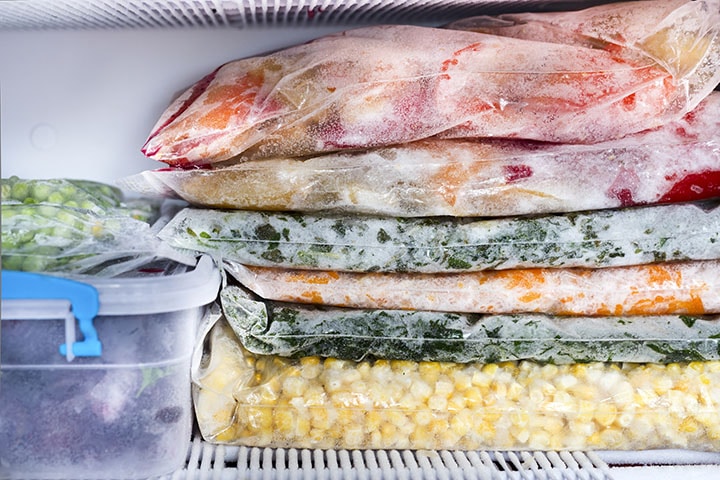
On almost every one of my recipes, I’m asked how to freeze them once prepared. I’ve done a lot of research and I’ve compiled a list to share with all of you.
Freezing Ingredients
Let’s start with the proper way to freeze unused ingredients you have leftover or can’t use because plans changed, and you won’t be making a dish you’ve already shopped for.
Freezing Raw Meat
All meat freezes the same way whether it’s pork, chicken, beef or lamb. Meat is one of the most expensive items in your shopping cart. I wouldn’t recommend just throwing it in the freezer in the same package you bought it in. If you do, you’ll ruin it.
To protect the meat from the elements, always wrap meat several times before freezing. First in a tightly wrapped layer of plastic wrap, then foil (or another layer of plastic wrap), followed by a freezer bag.
Always label the meat in the freezer. I label my bags with the cut, the number of portions and the date it was frozen.
Eat frozen meat as soon as possible. After freezing for a week, because of its fat content, the meat starts to deteriorate, and frozen tissue starts to form ice crystals which turn to freezer burn ruining the meat.
I recommend eating meat within two weeks of freezing (if not sooner). Although the USDA says that roasts, steaks, and chops can freeze up to a year and uncooked ground meat for up to 4 months.
Freezing Raw Fish
The fattier the fish, the more it can start to absorb odors in the freezer which can change the flavor. I recommend eating fish fresh, but if you need to freeze it, freeze on the day you by it and always ask at the store if it has been previously frozen. If it has, you won’t be able to re-freeze.
Treat lean, fresh fish with brine before freezing. Brine made of 2 tablespoons of salt and 2 cups of cold water will firm the fish and allow it to thaw better.
Dip each piece of fish for 20 seconds before freezing. This helps to add an ice glaze around the fish that protects it.
If several pieces are placed in the same freezer bag or container, place nonstick baking paper between them for easier separation.
Triple wrap the fish once in tightly wrapped plastic wrap, once in foil and then added to a freezer bag.
Eat frozen fish as soon as possible. I recommend leaving the fish in the freezer no longer than a week, but fatty fish (like salmon) can be frozen without harm for up to three months, and lean fish (like flounder or cod) will last up to six months.
Freezing Raw Vegetables
Vegetables freeze quite well when done correctly. A good practice when freezing vegetables is to blanch them in boiling water briefly first. Blanching prevents enzymes from damaging the vegetable’s flavor color and nutrients. It also destroys harmful microorganisms that might be lingering on the surface.
To blanch vegetables for freezing, quickly submerge them in ice water to prevent them from cooking any further (don’t leave the food at room temperature over an hour to avoid harmful bacteria).
Dry the blanched vegetables thoroughly by patting with paper towels.
When packing vegetables to be frozen, use either freezer bags or airtight, freezer safe containers. Fill containers completely too and pack well to allow as little air as possible.
How long to freeze vegetables – Vegetables can be frozen up to 3 months, but I recommend using as soon as possible.
Freezing Fresh Fruit
Fresh fruit freezes quite well. Be sure to wash them and remove damaged fruit before freezing.
To freeze delicate berries without damaging them (like raspberries, blackberries, and strawberries) – Arrange them in a single layer on a sheet pan or dish. Once frozen, transfer to a plastic freezer bag or container.
For fruits that brown easily (like apples, peaches, and nectarine) – Treat with powdered ascorbic acid/Vitamin C. It can be found in health food stores, drugstores, and in the vitamin aisle of some grocery stores.
To treat, dissolve 1/2 teaspoon of ascorbic acid powder in 3 tablespoons water and sprinkle this mixture over the cut fruit.
How long can you freeze fruit? Fruit can be frozen for up to a year.
Freezing Cooked Food
Freezing Stocks and Sauces
Stocks and sauces freeze well and can be a lifesaver on busy weeknights and when you have unexpected guests.
Allow the stock or sauce to cool before freezing, but don’t leave to cool at room temperature over an hour to avoid harmful bacteria.
Freeze in labeled airtight containers or freezer bags. To freeze in a container be sure to choose one that can be filled completely. If using a freezer bag, fill the bag 3/4 of the way full, force out as much air as possible and once sealed lay flat to freeze.
How long can you freeze stocks or sauces? Properly stored stocks and sauces, it will maintain their best quality for up to 6 months.
Freezing Pasta with Sauce
When you’re busy and don’t have time to cook a homemade freezer meal is a wonderful thing! That’s why freezing pasta dishes (like my Pasta Alla Norma above) really comes in handy.
One of the great things about doing it this way is portion control. If you pack them right, you won’t have to worry about overeating.
To freeze pasta dishes, cook the pasta until just underdone, drain it and rinse thoroughly with cold water to stop the cooking process. Add a half cup of cooled pasta sauce (don’t leave to cool at room temperature over an hour to avoid harmful bacteria) to every cup of pasta, coat evenly and pack in an airtight container or a freezer bag.
How long can you freeze pasta dishes? When properly stored, pasta dishes with sauce will maintain their best quality for up to 2 months.
Freezing Stews
Stew is a little trickier to freeze than other prepared dishes. It freezes fine as long as no thickening agent is added. The thickening agent can cause it to break down vegetables too much and making mushy and unpleasant. If you’re making a stew to freeze, skip any thickening until you reheat.
How do you to freeze stew? Cool it completely (don’t leave to cool at room temperature over an hour to avoid harmful bacteria) and freeze in a labeled airtight, freezer safe container or freezer bags.
When using a container, fill the container as much as possible to allow as little of air in as possible.
In a freezer bag, fill it 3/4 of the way through, force out as much air as you can before sealing and lay flat in the freezer to freeze.
How long can you freeze stew for? Properly stored, stew can be stored in the freezer for up to 6 months.
Freezing Soups
Making a big batch of soup and freezing the leftovers is something I do all of the time (like with my split pea and ham soup above). It’s an easy, healthy, delicious alternative to canned soups that are loaded with preservatives.
Freezing soups: Soups freeze well. Allow the soup to cool before freezing (don’t leave to cool at room temperature over an hour to avoid harmful bacteria).
Portion the soup into freezer bags or freezer safe containers.
To freeze soup in a freezer safe container, fill an airtight container as much as possible (to avoid too much air being trapped) and freeze stacked on top of each other.
To freeze soups in a freezer bag: Fill three quarters if the way up, force out as much air as possible before sealing and store flat in the freezer.
Please note that soups that have thickening agents don’t freeze well. Thickening agents cause vegetables to break down causing them to become mushy and unpleasant.
Freezing noodle soups: If freezing noodle or pasta soups, it’s best to prepare the noodles or pasta separately.
Cook until just underdone, strain, rinse well with cold water to stop the cooking process and add to cooled soup before freezing.
How long can soup be frozen: If stored properly soup can be stored up to six months.
Freezing Casseroles
When you want a satisfying family meal, but are short on time, a freezer full of ready-to-bake casseroles is the solution.
You can assemble the casserole and freeze it unbaked or freeze it once it’s baked.
To freeze an assembled, uncooked casserole: Assemble all the ingredients for your casserole and then freeze it in the pan. Wrap it well with two tightly covered layers of plastic wrap, followed by foil.
Label it with the casserole name and date before freezing.
To freeze a fully cooked casserole: Let the casserole cool before freezing (don’t leave to cool at room temperature over an hour to avoid harmful bacteria).
Freeze it right in the pan. Wrap it well with two tightly covered layers of plastic wrap, followed by foil. Label it with the dish name and date before freezing.
How long can you freeze a casserole? Properly sealed and wrapped casseroles can be frozen for up to 6 months.
Baking a frozen casserole: The best way to do this is to thaw it in the fridge overnight and bake it the next day.
Alternatively, you bake a frozen casserole. To do this, place the frozen casserole in a non-preheated oven.
It will slowly heat as the oven comes up to temperature. It may be necessary to cover with foil and then remove it for final 10 minutes of baking at full temperature.
It’s important to heat a casserole thoroughly before serving. Use an instant-read thermometer to make sure the casserole is at least 165 degrees F to be safe to eat.
Freezing Breaded Food
Freezing breaded foods is easy. I often make pan-fried chicken cutlets in big batches and freeze them to have whenever we need them.
To freeze breaded food: Cook and cool completely before freezing (don’t leave to cool at room temperature over an hour to avoid harmful bacteria).
Place in a freezer bag, force as much air out as possible and seal before freezing,
If you’re freezing something that can stick together, separate the pieces with nonstick baking paper or freeze in one layer on a baking sheet and then transfer to the freezer bag.
To reheat frozen, breaded foods: Allow to thaw overnight in the fridge and then place in the oven (at 400F/200C) and cook until crisp.
Alternatively, you can place the frozen food directly in the oven and cook until an instant-read thermometer reads at least 165F to be safe to eat.

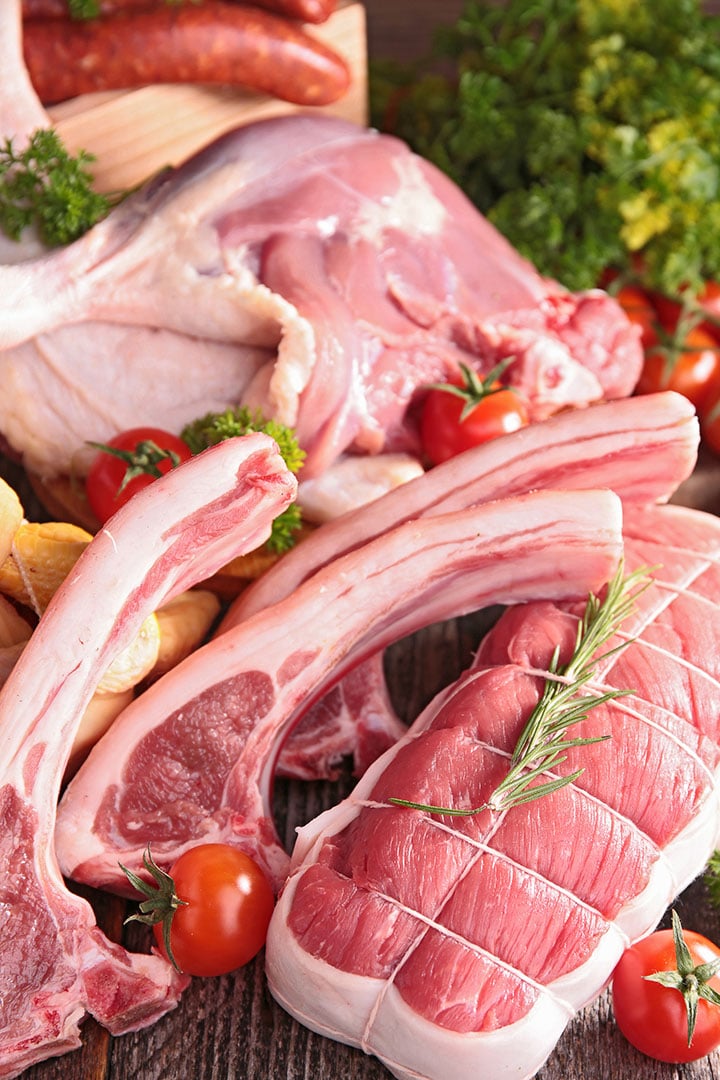
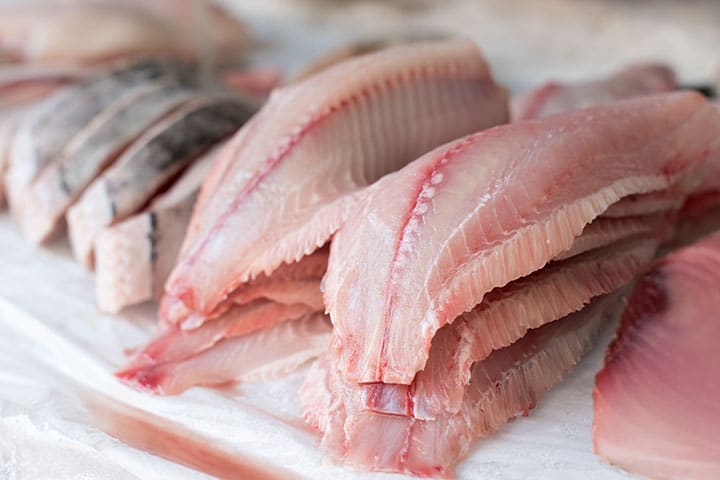
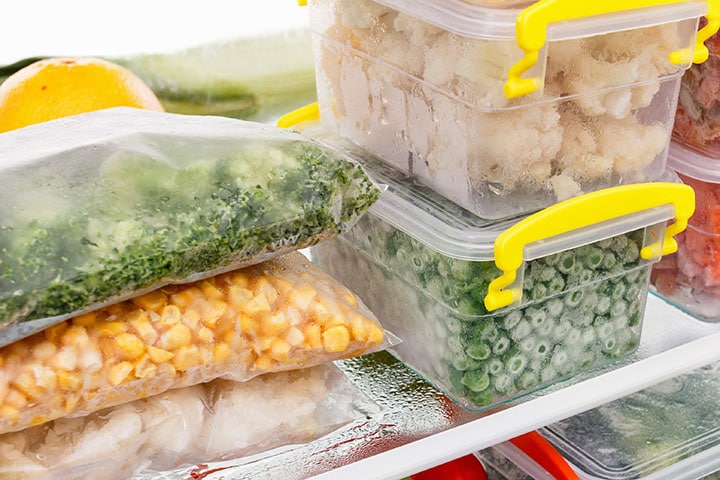
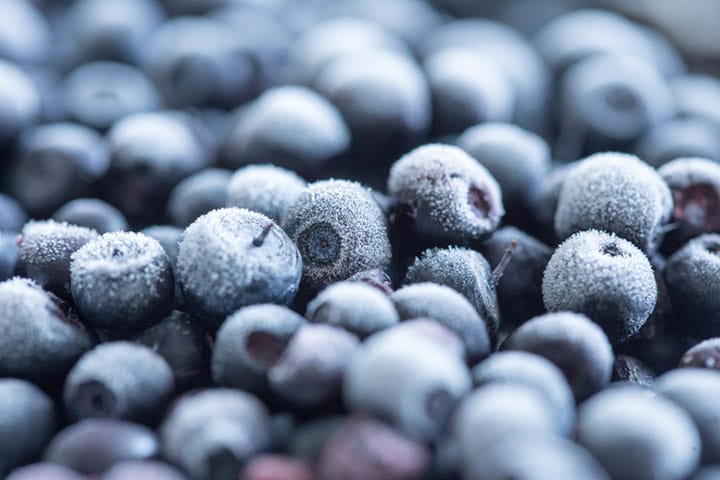
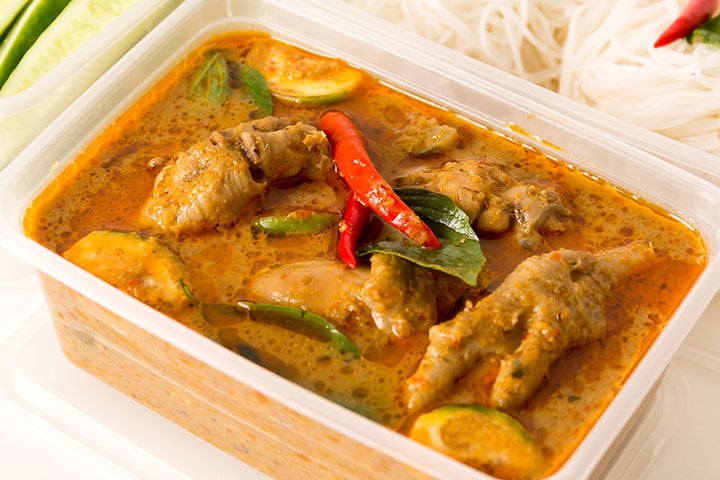
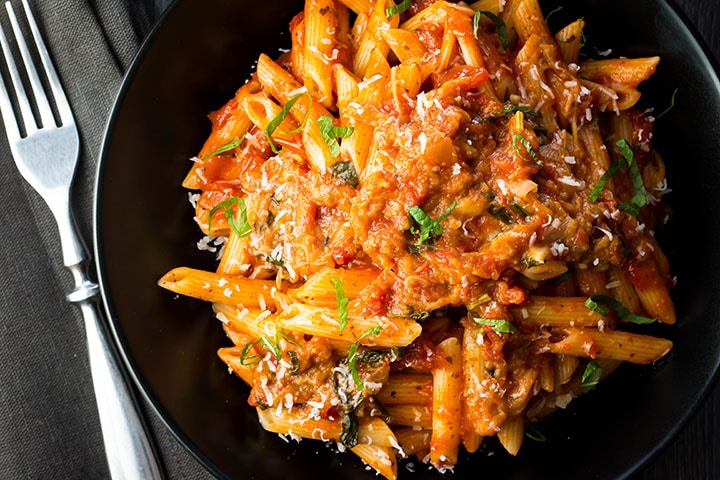
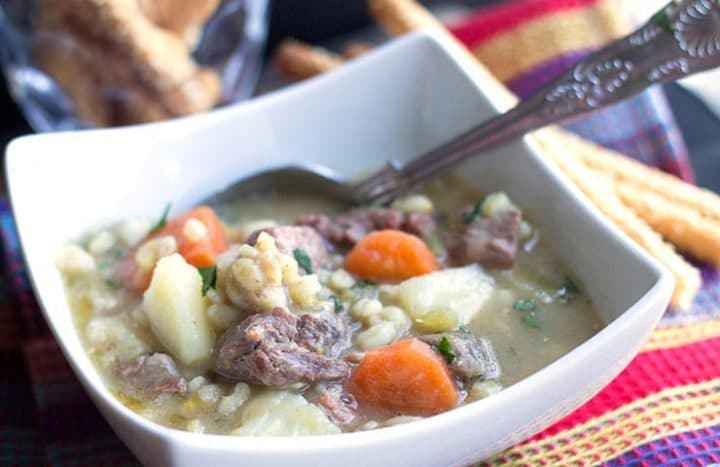
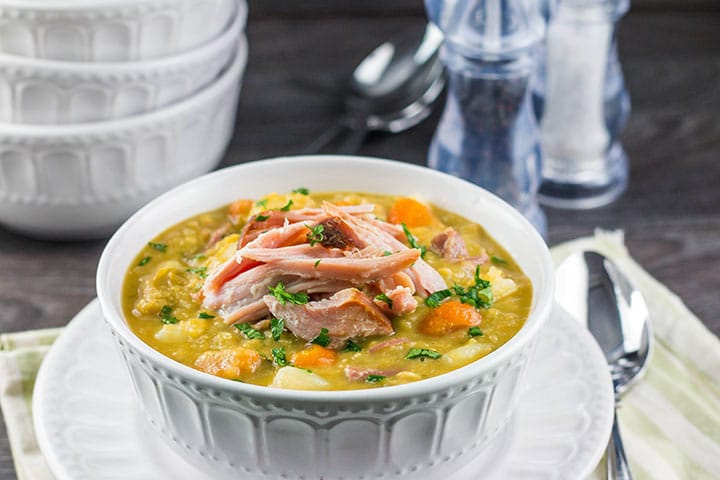
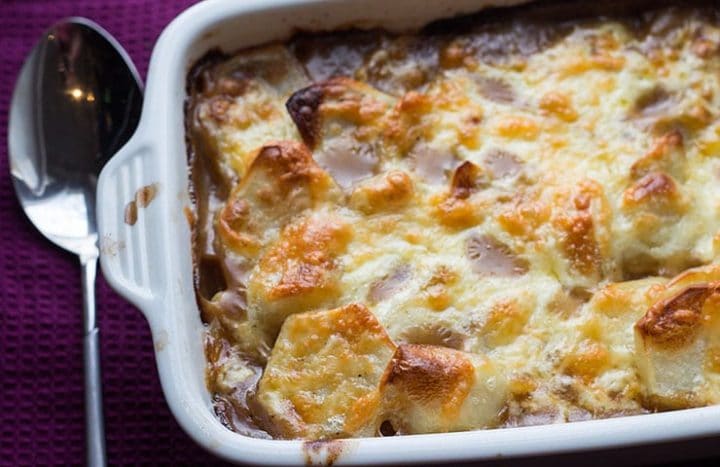
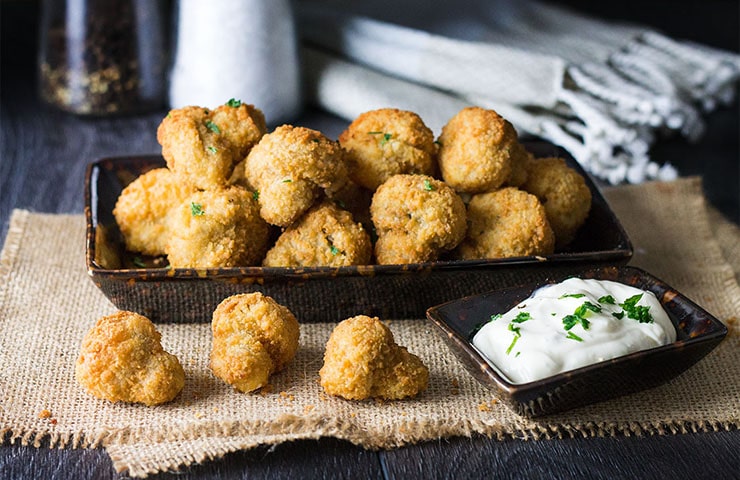

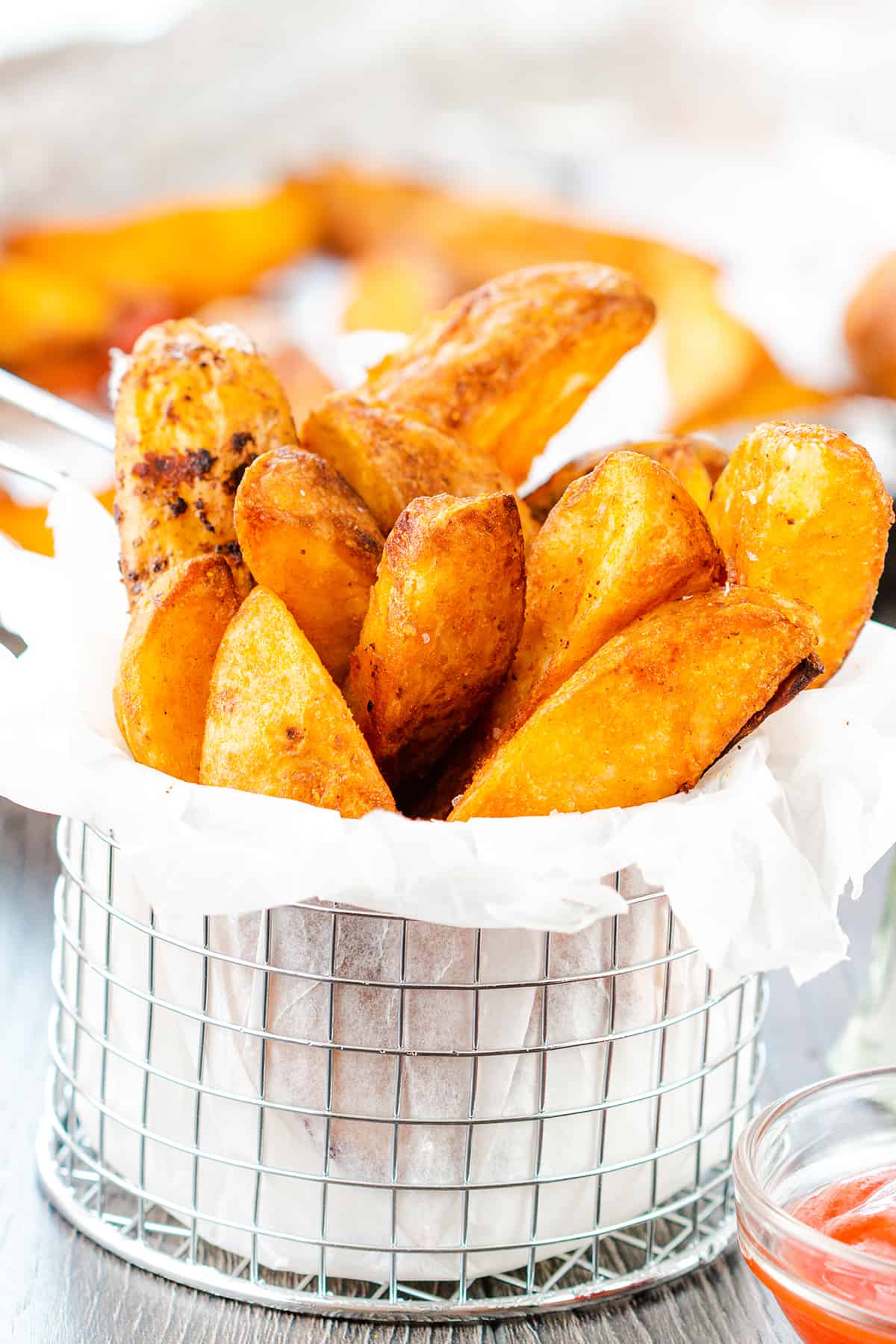
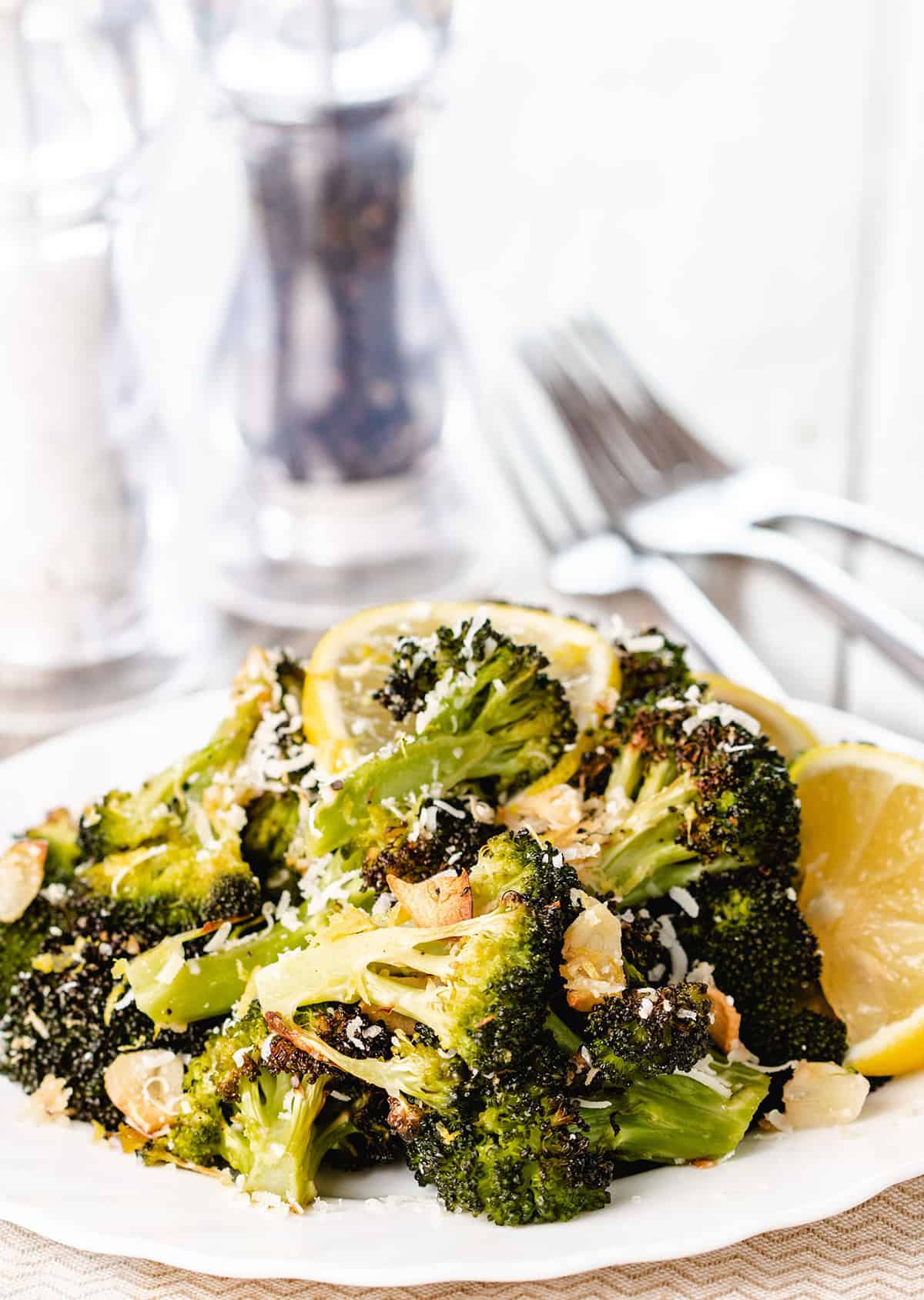
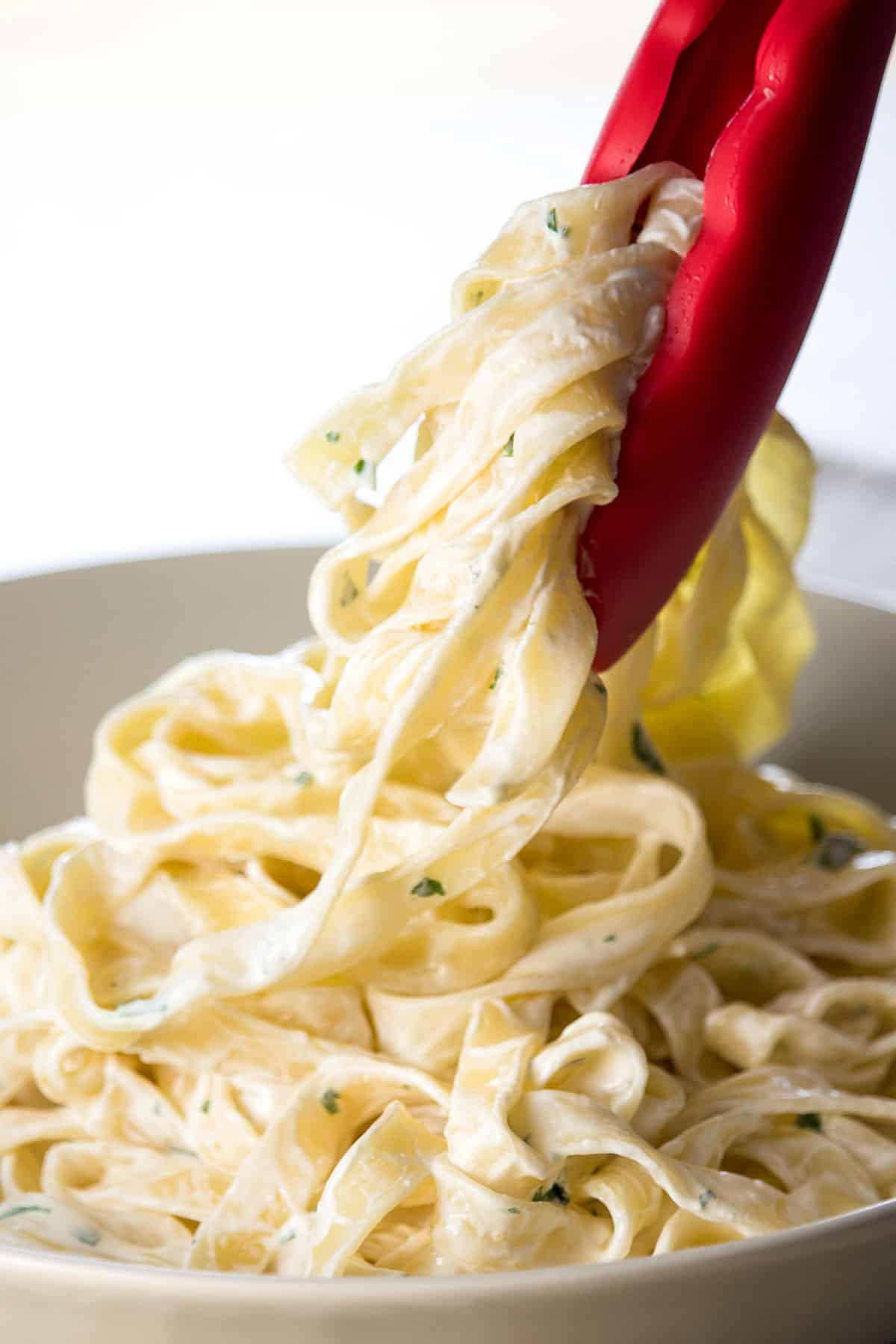
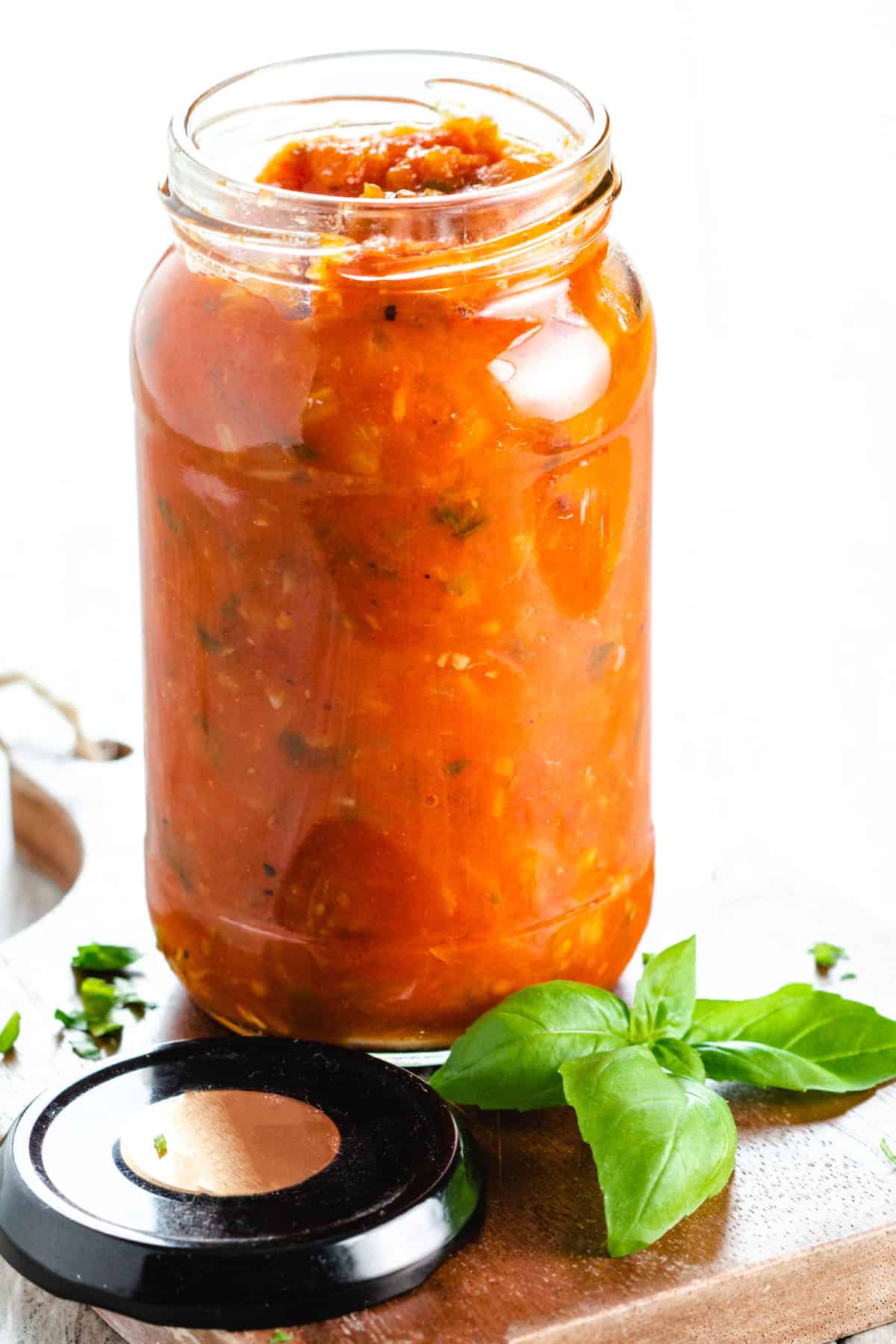
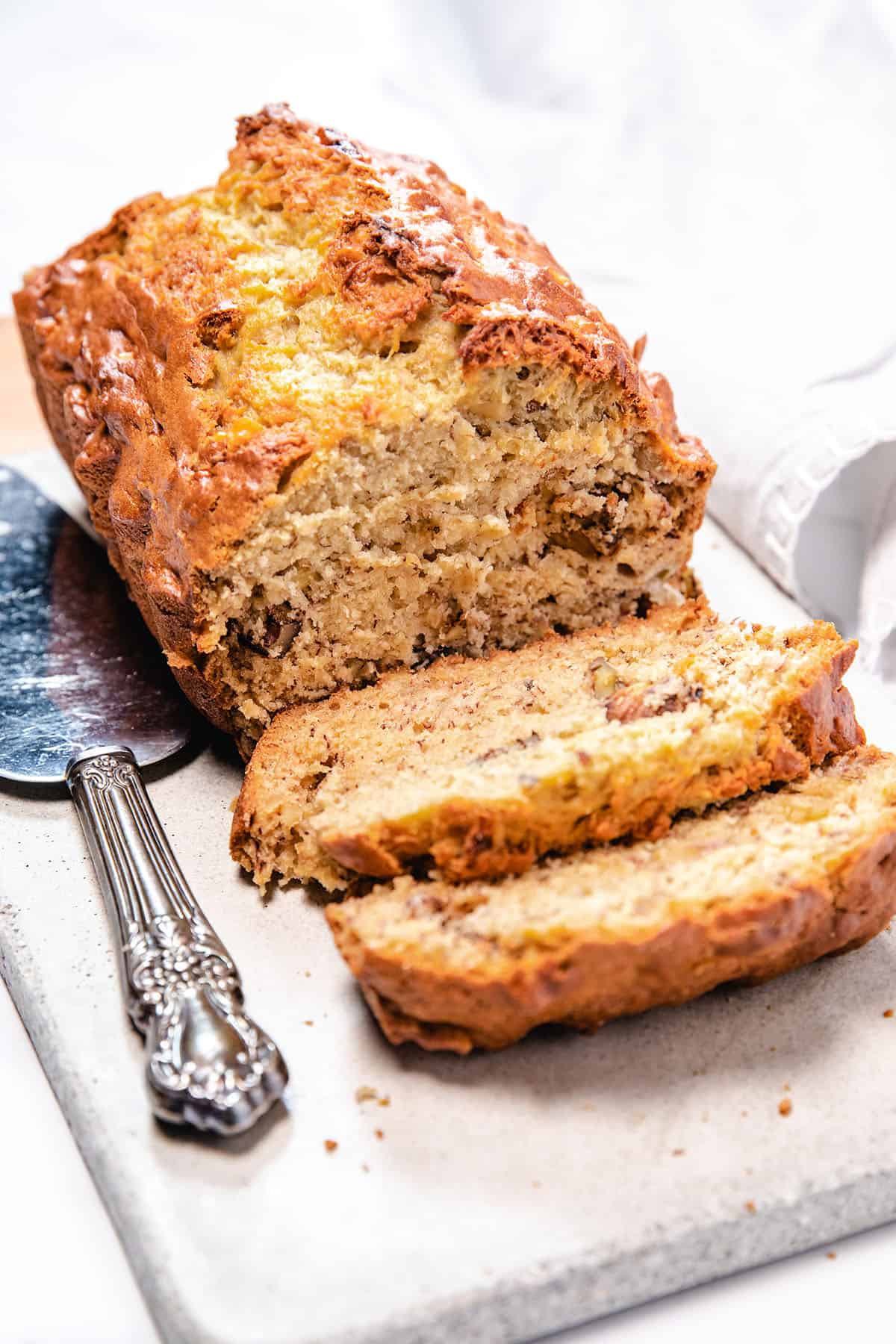
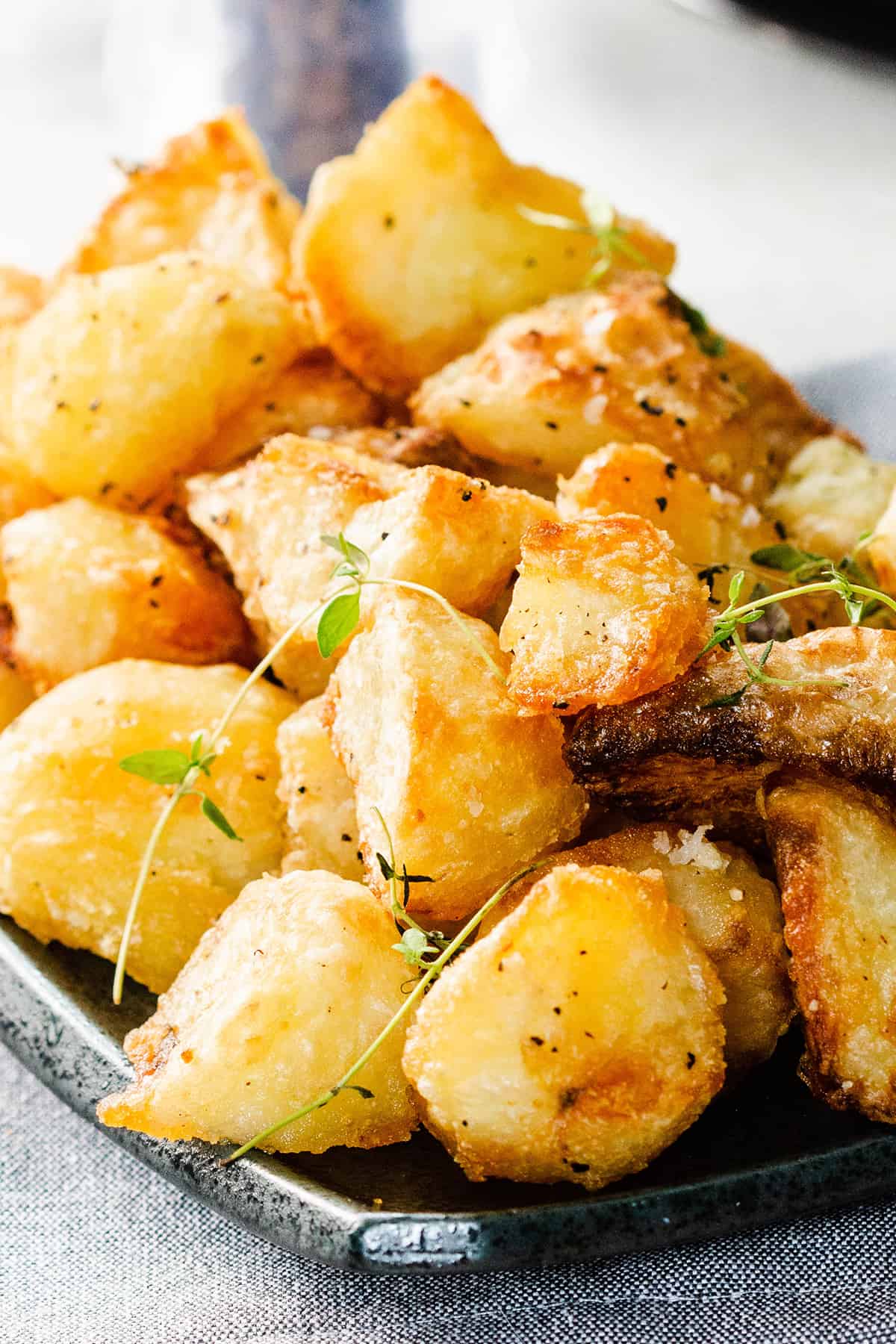

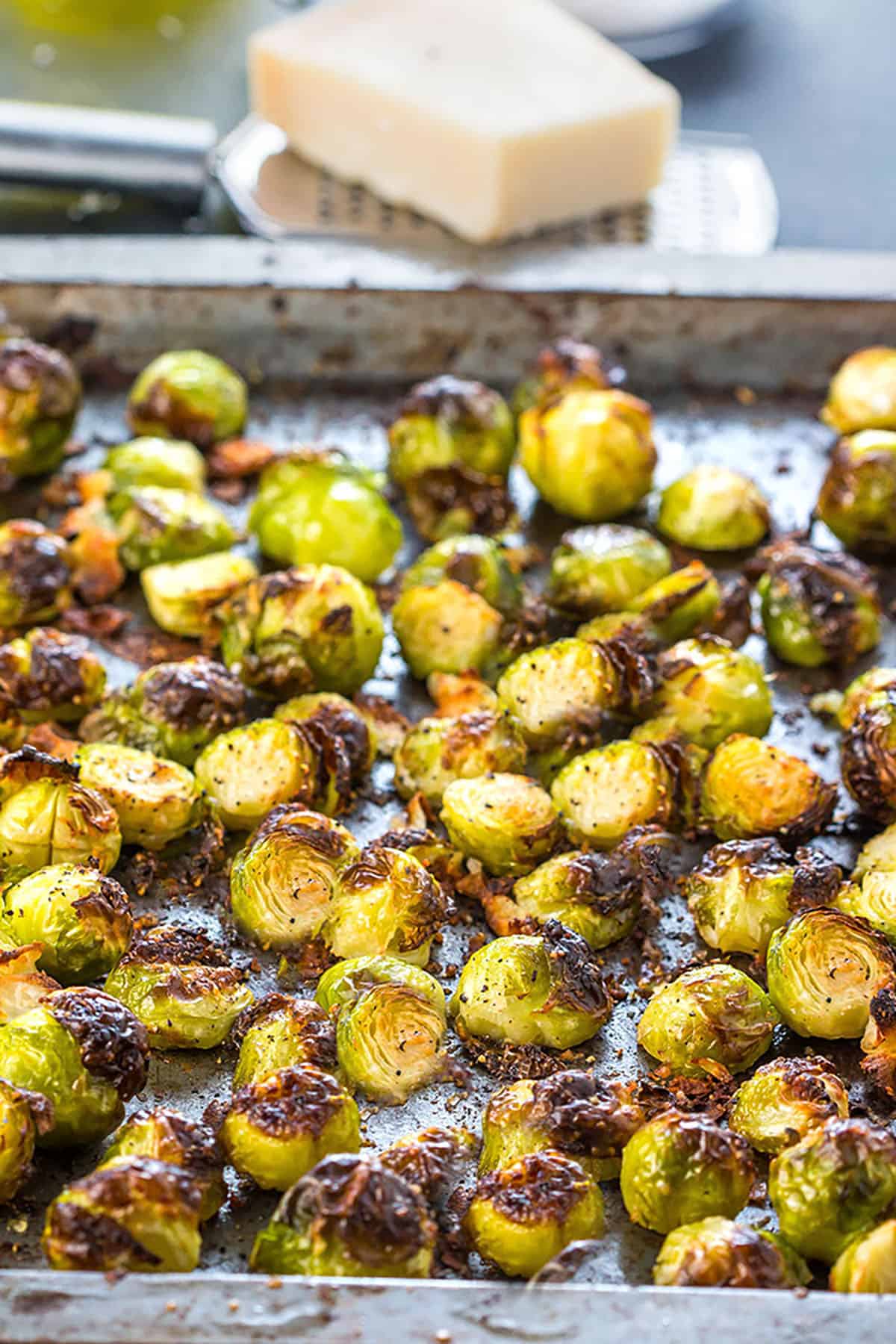
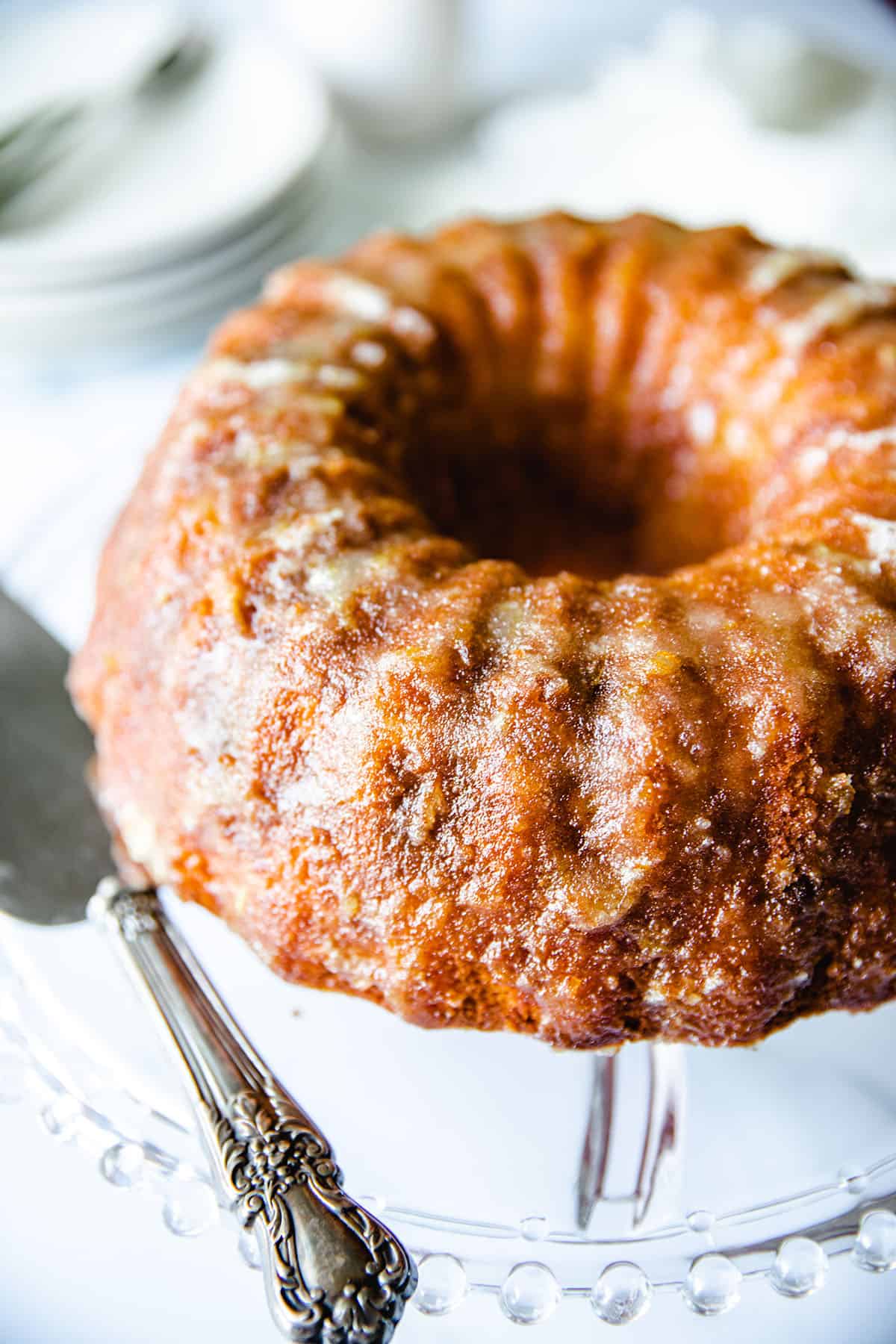
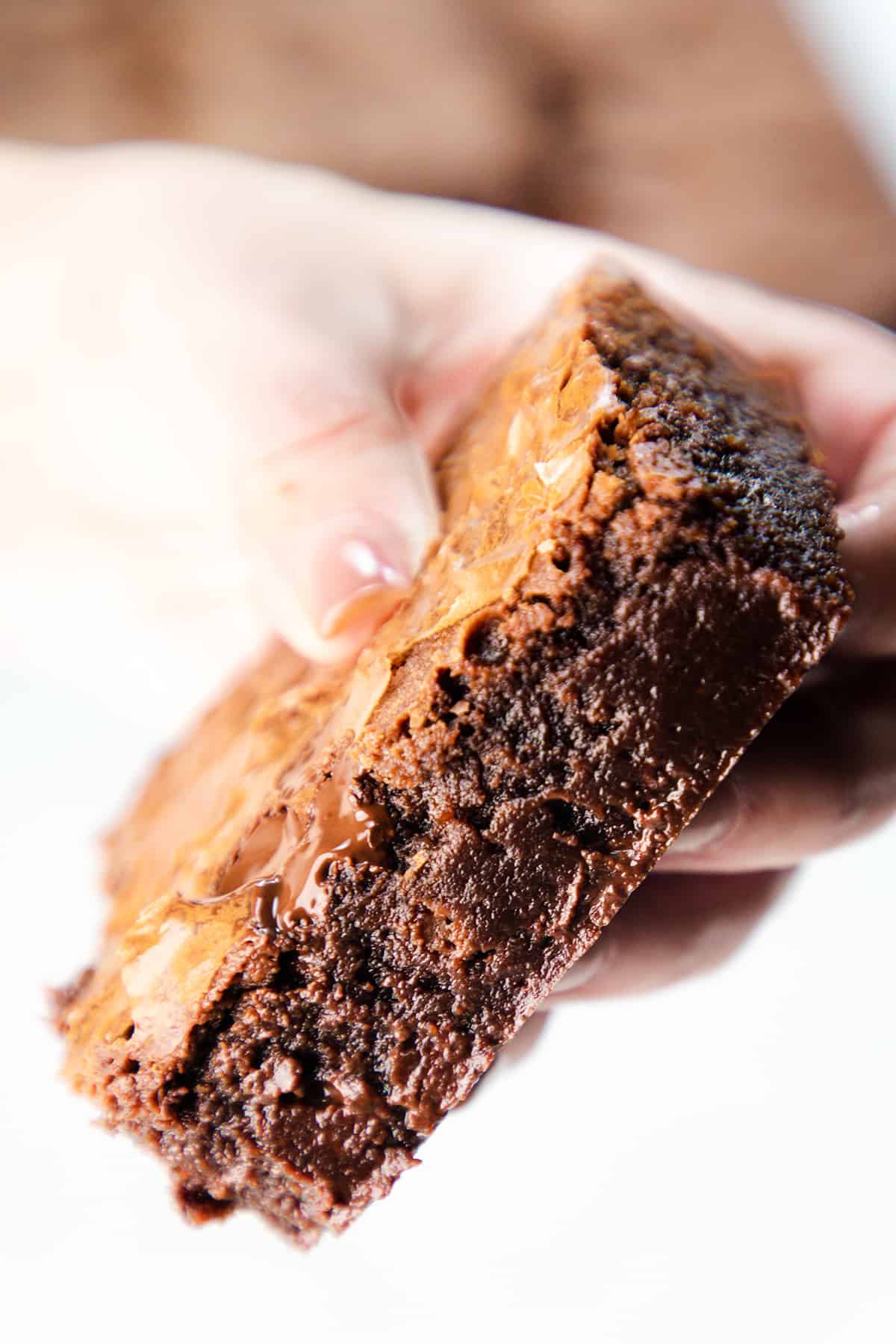
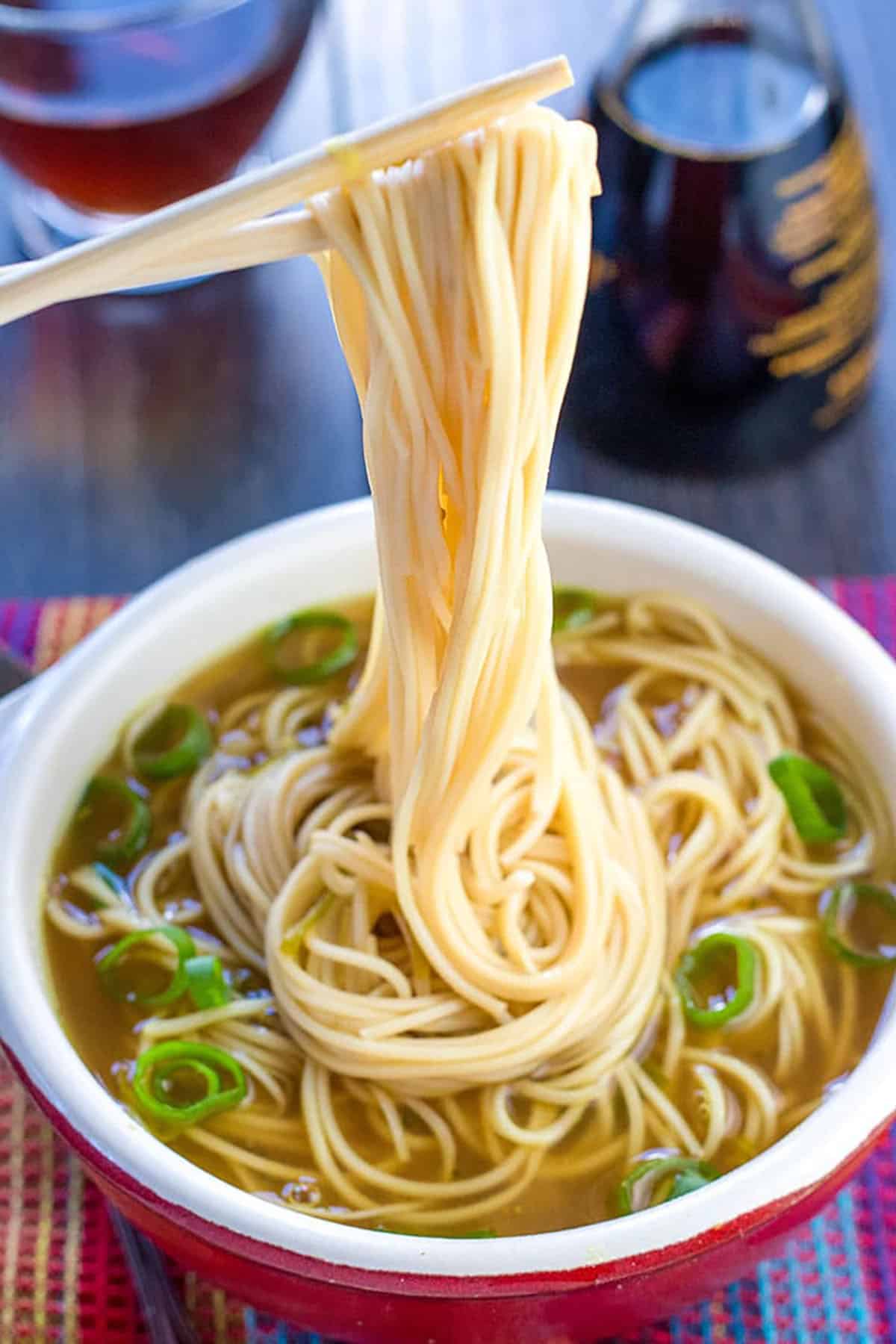
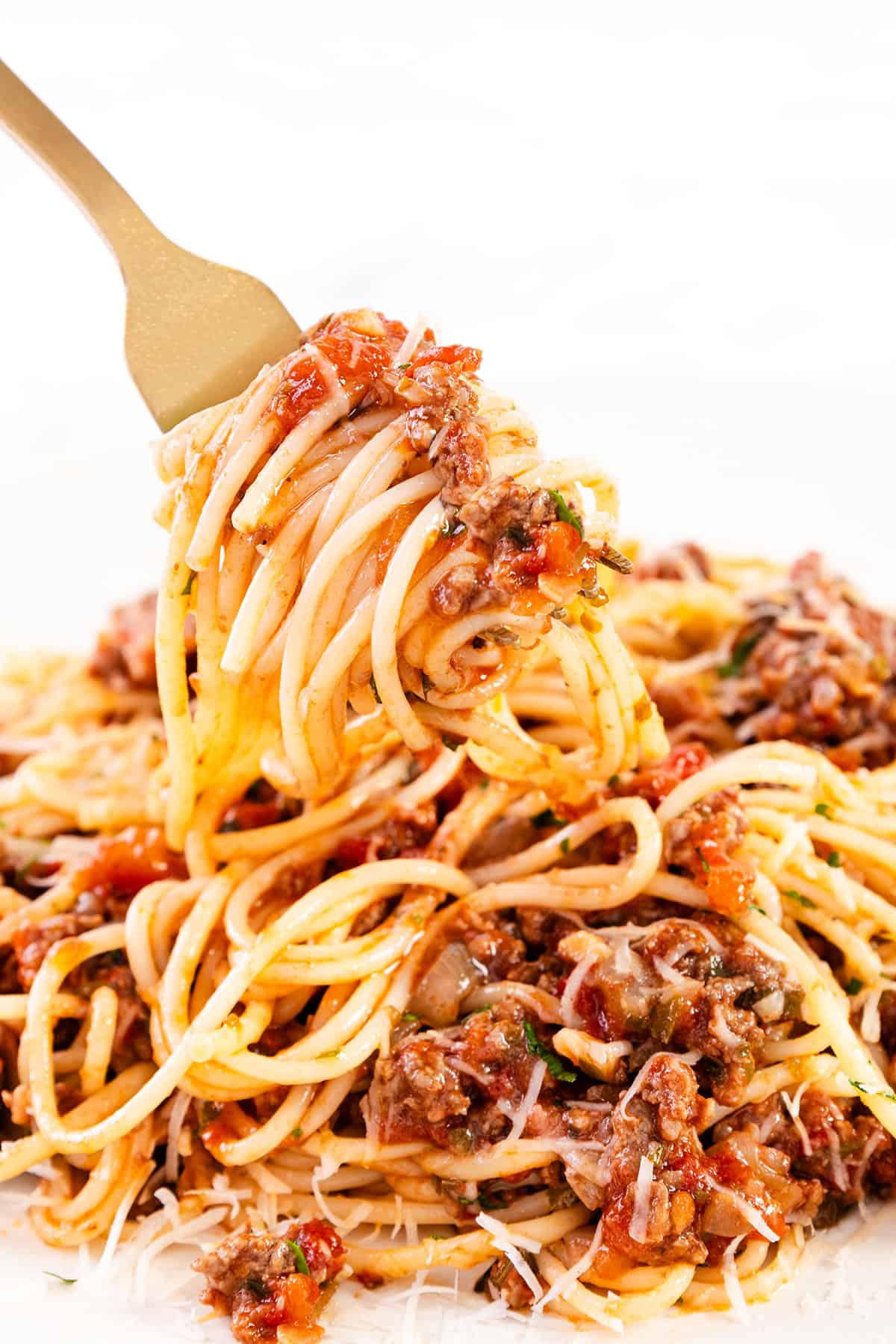
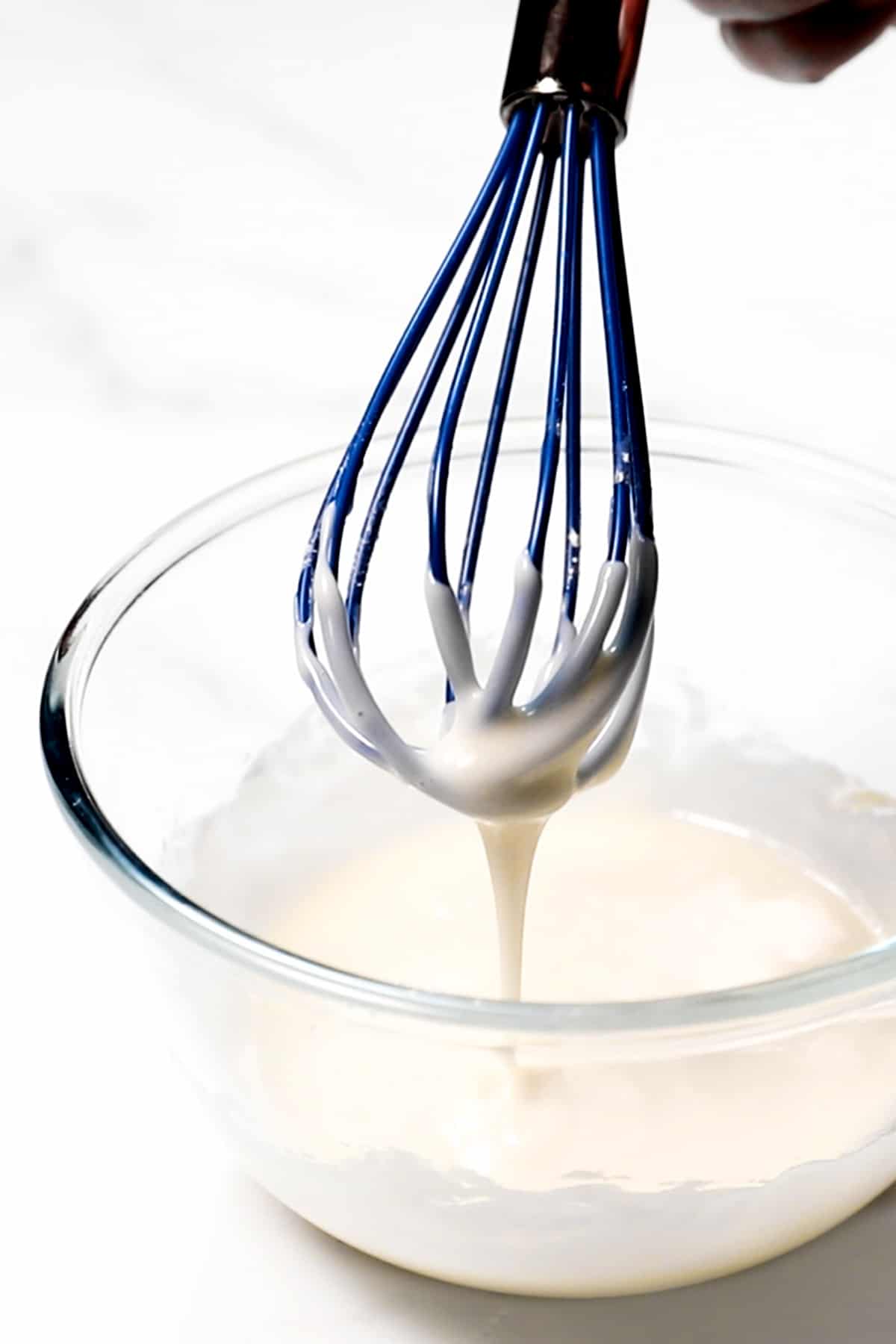
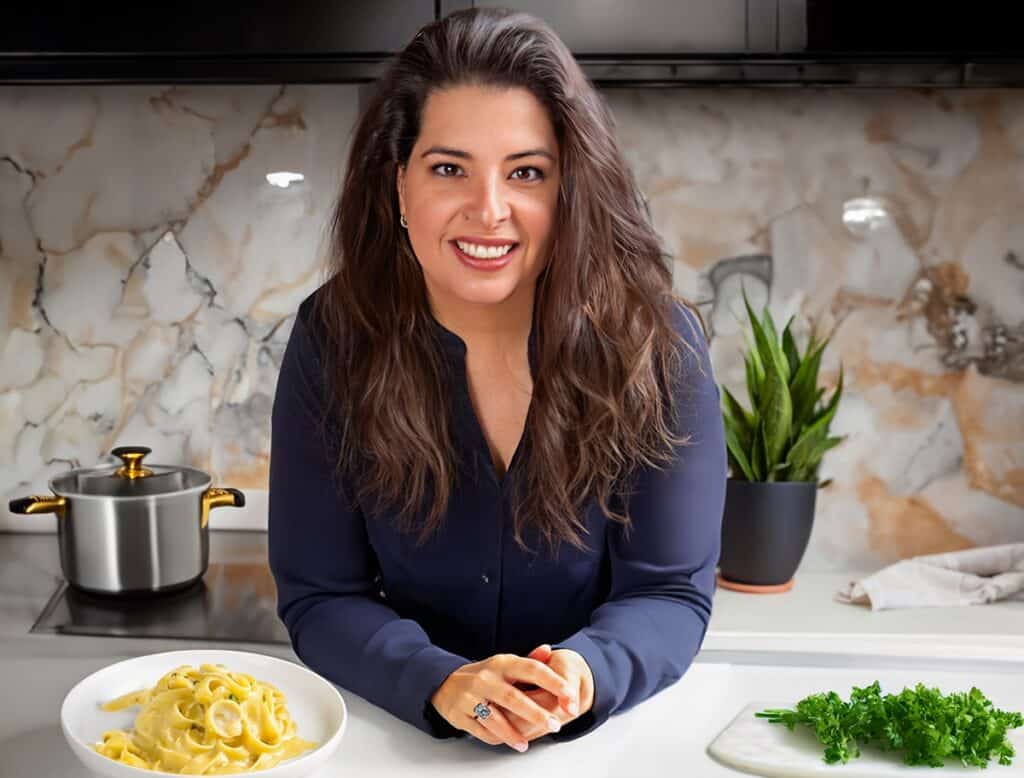
Leave a Reply